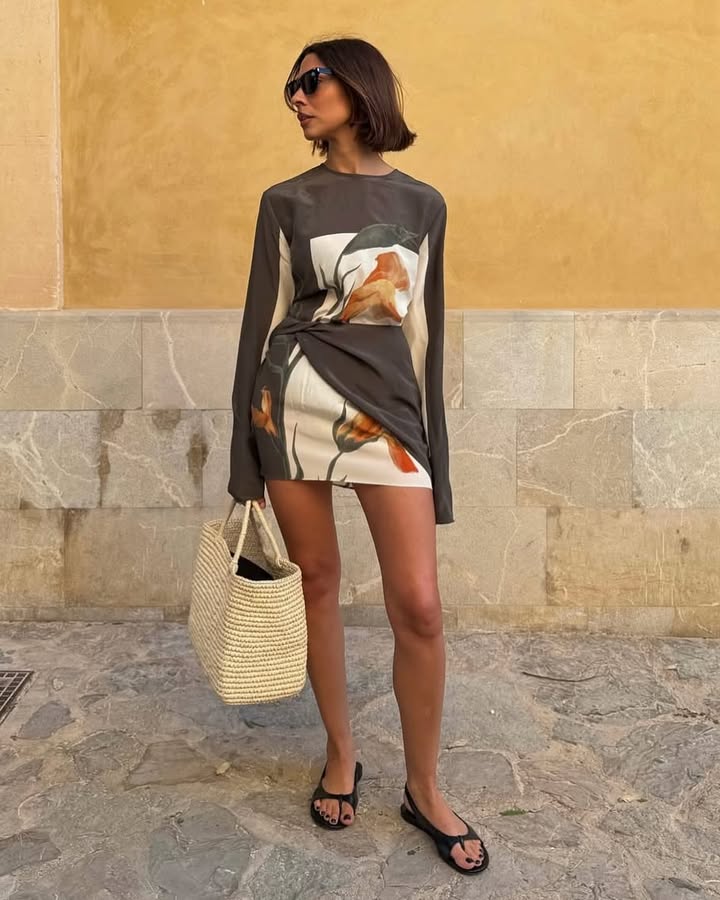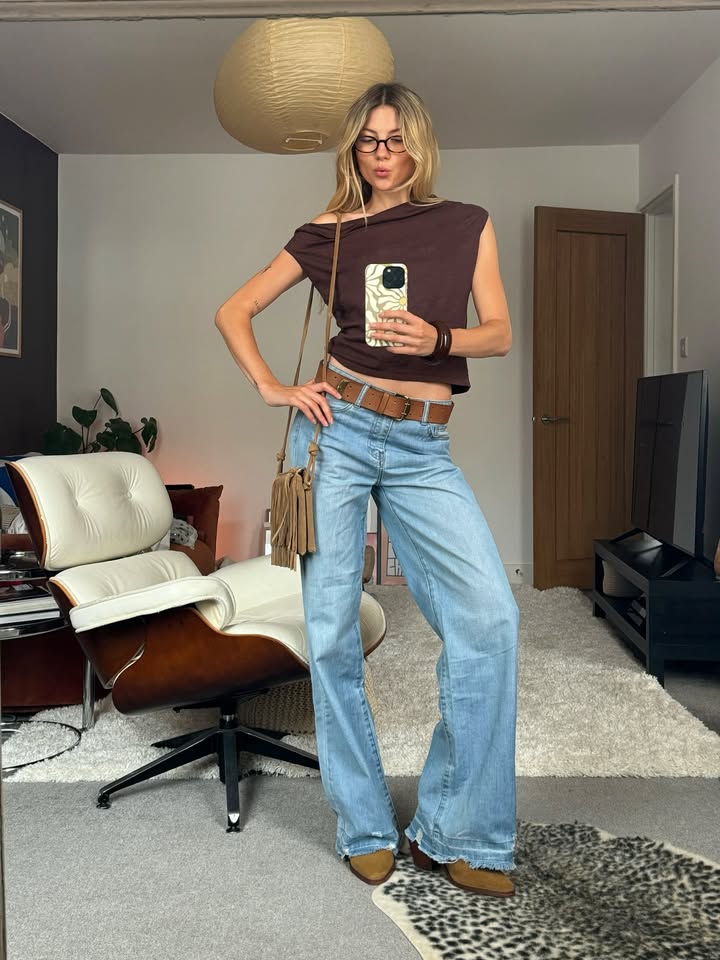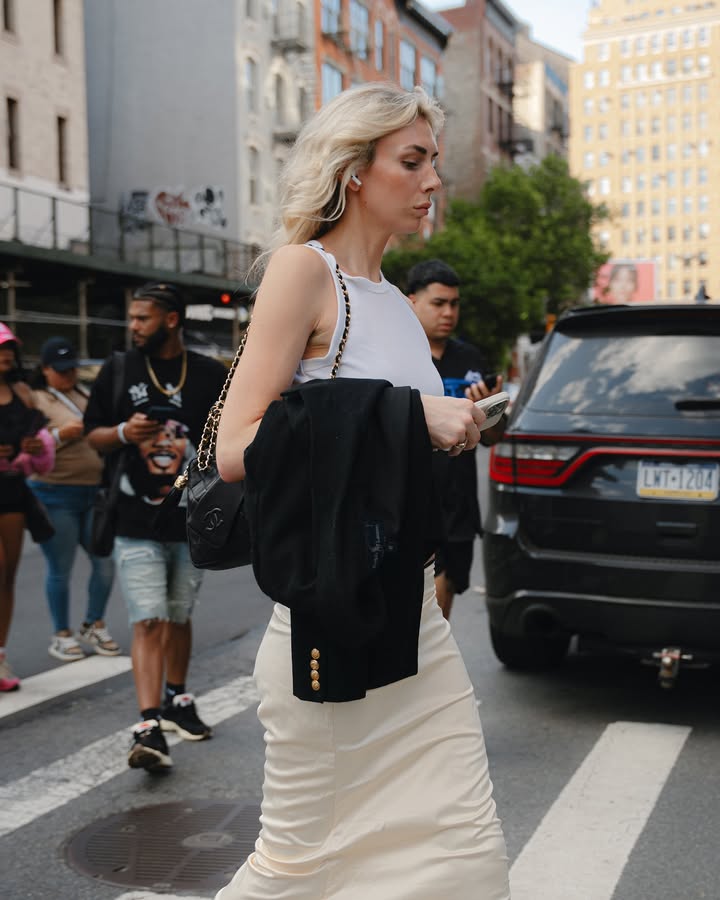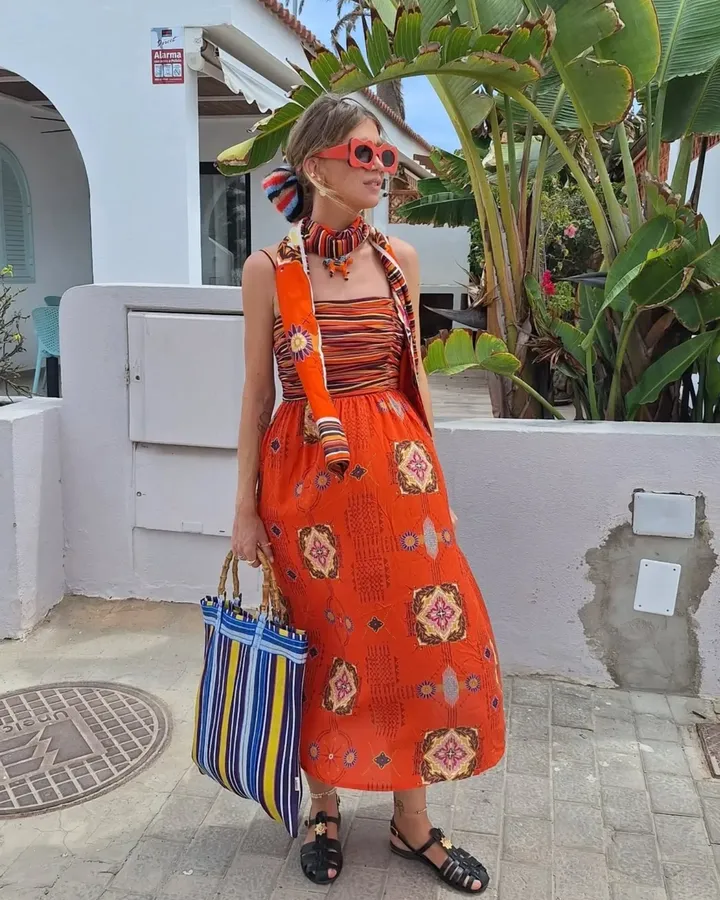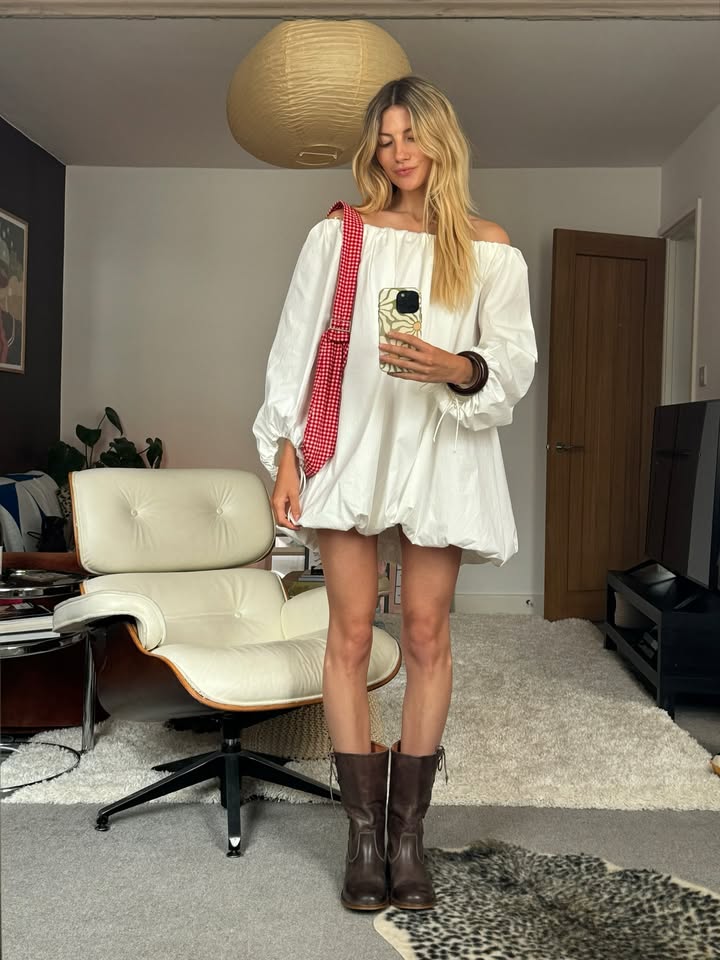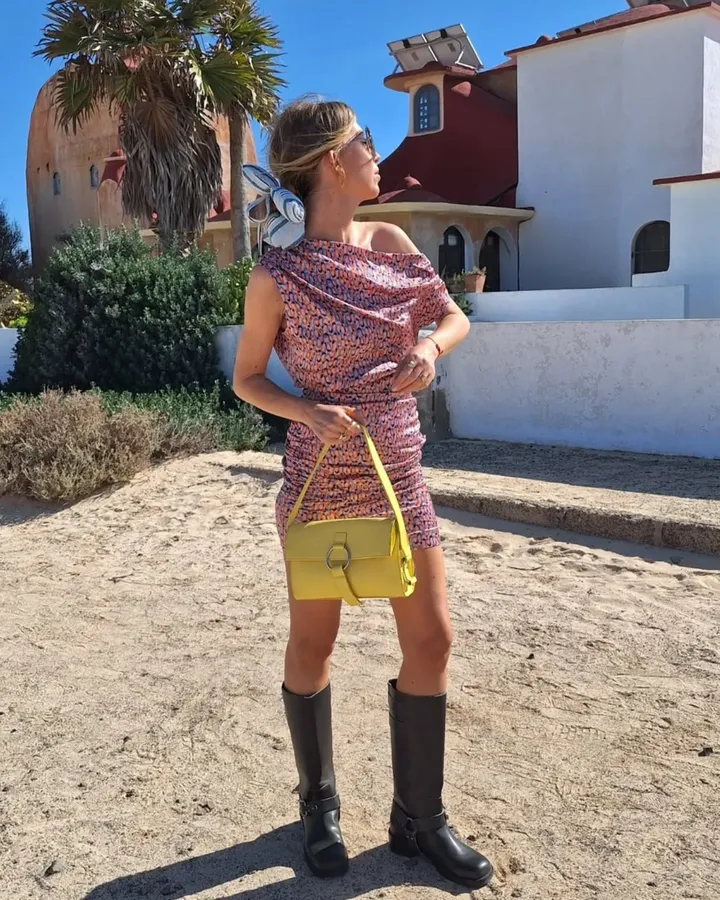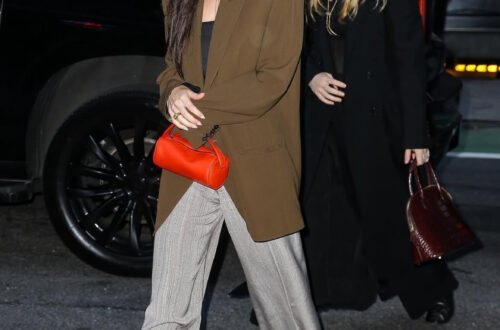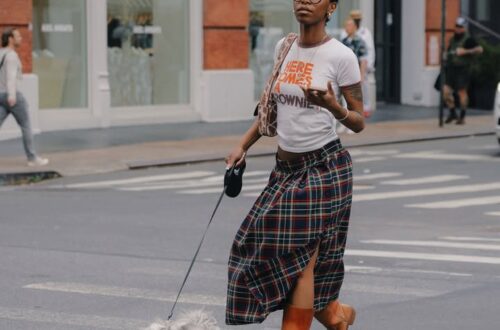
As the world outside changes with each passing season, so too does our opportunity to express ourselves through fashion. Embracing the shift in weather isn’t just about practicality; it’s about a fundamental understanding that our outfits are a reflection of the environment around us.
Think about it: the cozy sweaters and layered looks of winter give way to the lighter fabrics and brighter colors of spring. Then comes the breezy, minimal attire of summer, before we transition to the rich textures and earthy tones of autumn. This isn’t just a suggestion; it’s a very basic truth that every individual must accept. Adapting your style to the different seasons is an essential part of daily life.
It’s about comfort, yes, but it’s also about a subtle yet significant connection to the rhythms of nature. So, as the days get longer or shorter, warmer or cooler, let your wardrobe evolve with them. It’s a simple, undeniable fact: your style should dance with the seasons.
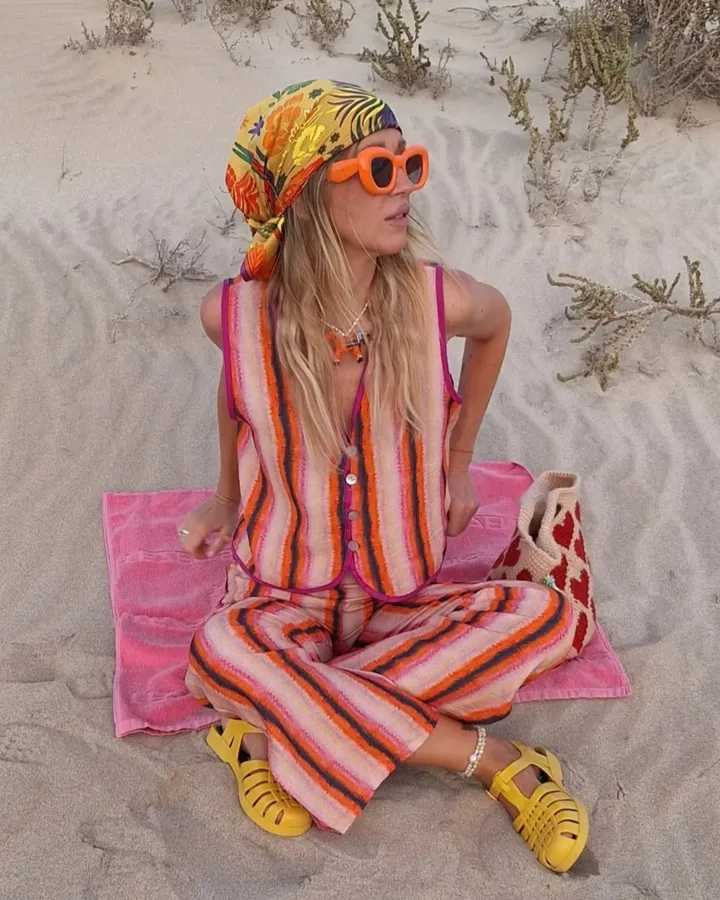
weather is a fundamental driver of fashion! It’s not just about looking good, but about comfort, protection, and practicality. Here’s a look at different fashion styles driven by particular weather conditions and environments, focusing on the practical aspects:
Fabrics: Lightweight, natural fibers like cotton, linen, rayon, chambray, and bamboo. These are breathable and allow air circulation. Avoid heavy denim, leather, and most synthetics that trap heat and moisture.
Silhouettes: Loose-fitting, flowy garments are paramount. Think wide-leg trousers, maxi dresses, oversized shirts, culottes, and A-line skirts. These prevent fabric from clinging to the skin and promote airflow.
Colors: Light colors (whites, pastels, creams, light blues) reflect sunlight and heat away from the body, keeping you cooler than dark colors which absorb heat.
Accessories: Wide-brimmed hats for sun protection, sunglasses, and open-toe footwear like sandals, espadrilles, or lightweight sneakers to allow feet to breathe. Lightweight scarves or bandanas can be dampened for cooling.
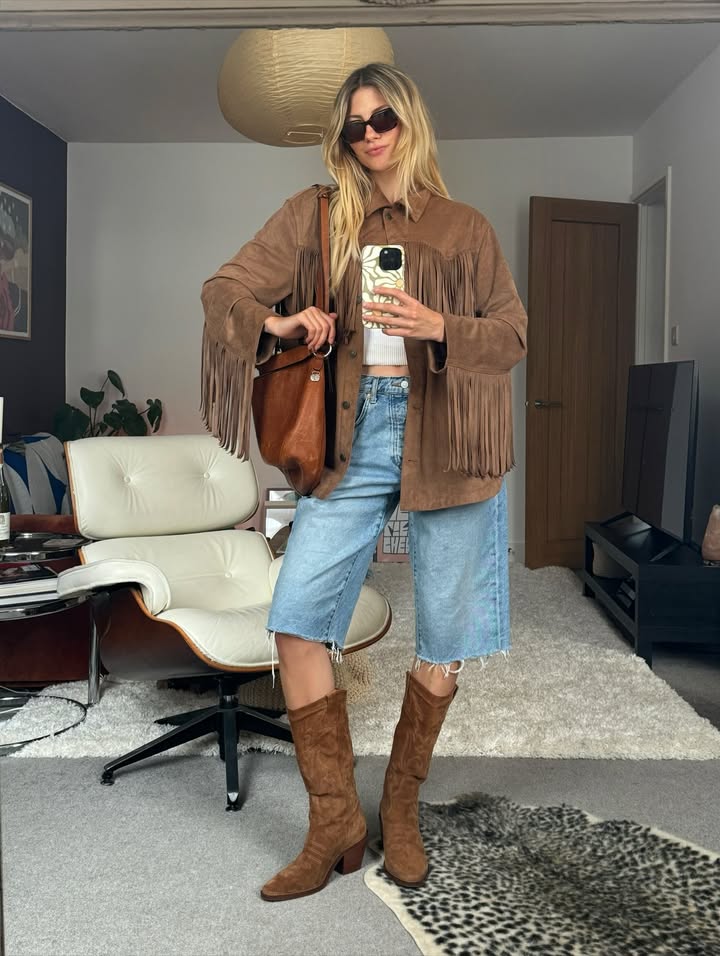
fashion everyday environment:
Dressing for your everyday environment is all about balancing practicality, comfort, and personal expression, while also considering the specific context you’re in. It’s not about elaborate outfits, but rather about making smart choices that serve you well throughout your day.
Personal Style and Comfort: Even within practical constraints, personal preference plays a huge role.
- Comfort is King: Most people prioritize comfort for everyday wear. This means choosing clothes that don’t restrict movement, are made from pleasant fabrics, and fit well.
- Personal Aesthetic: Do you prefer minimalist looks, bold colors, classic styles, or trendy pieces? Your personal style should still shine through in your everyday outfits.
- Fit: Well-fitting clothes generally look better and are more comfortable. This doesn’t mean everything has to be skin-tight, but rather that it drapes well on your body.
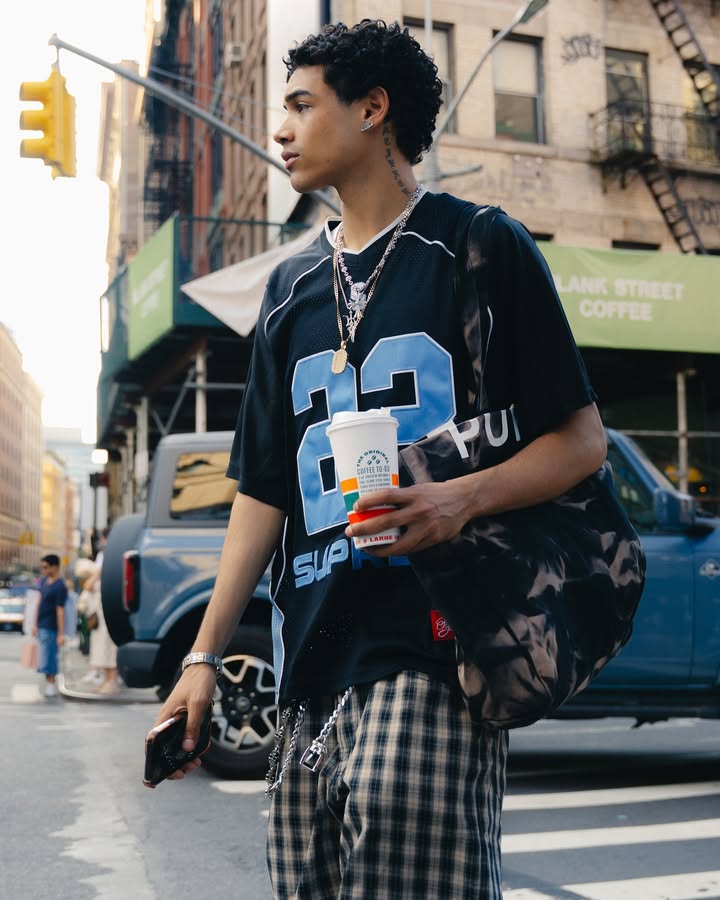
Social Norms and Cultural Context: While less about weather, these factors subtly guide everyday dressing.
- Modesty: Cultural norms dictate varying levels of modesty. In some environments, more skin coverage might be expected, while in others, less is common.
- Formality: Some environments lean more formal even for casual outings, while others are very relaxed. Observing how others dress around you provides cues.
- Specific Events: Even “everyday” can involve specific events like a religious service, a family gathering, or a casual meeting where slightly more effort might be required.
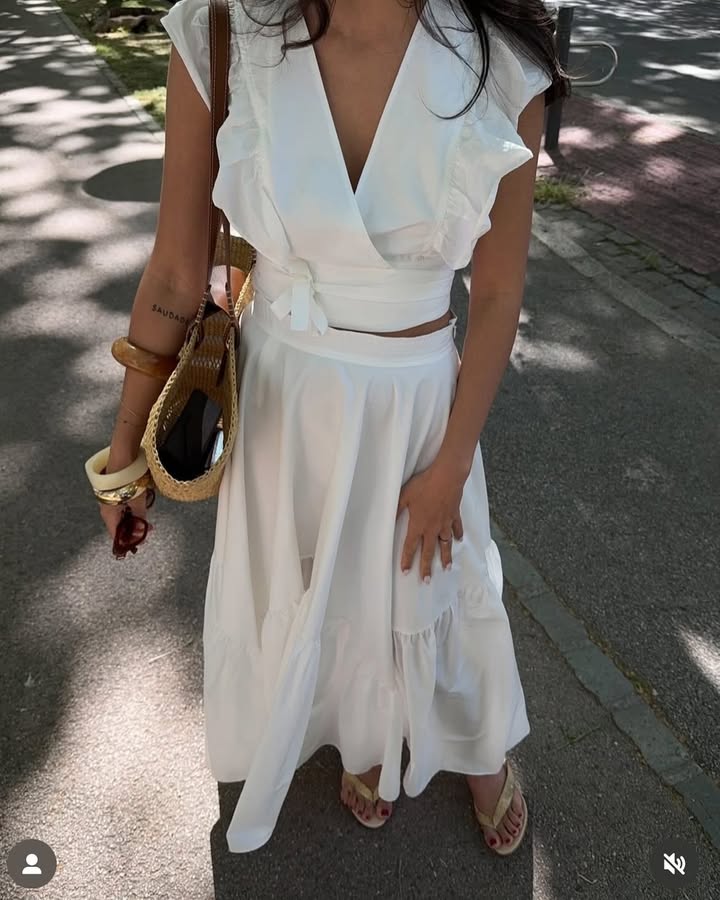
Practical Considerations:
- Durability: For clothes worn frequently, durability is important. You want items that can withstand regular washing and wear.
- Ease of Care: Many people opt for clothes that are easy to wash and don’t require special care (like dry cleaning) for everyday wear.
- Versatility: Pieces that can be mixed and matched to create multiple outfits are highly valued for everyday dressing, maximizing wardrobe utility.
- Budget: This influences what someone can buy and how they prioritize their wardrobe.
For a man: A light cotton short-sleeved shirt (perhaps a polo or a collared casual shirt), comfortable chinos or tailored shorts, and open leather sandals or lightweight canvas sneakers.
For a woman: A breathable cotton or linen midi-dress, a loose-fitting top with wide-leg trousers or a flowing skirt, and comfortable sandals or low wedges.
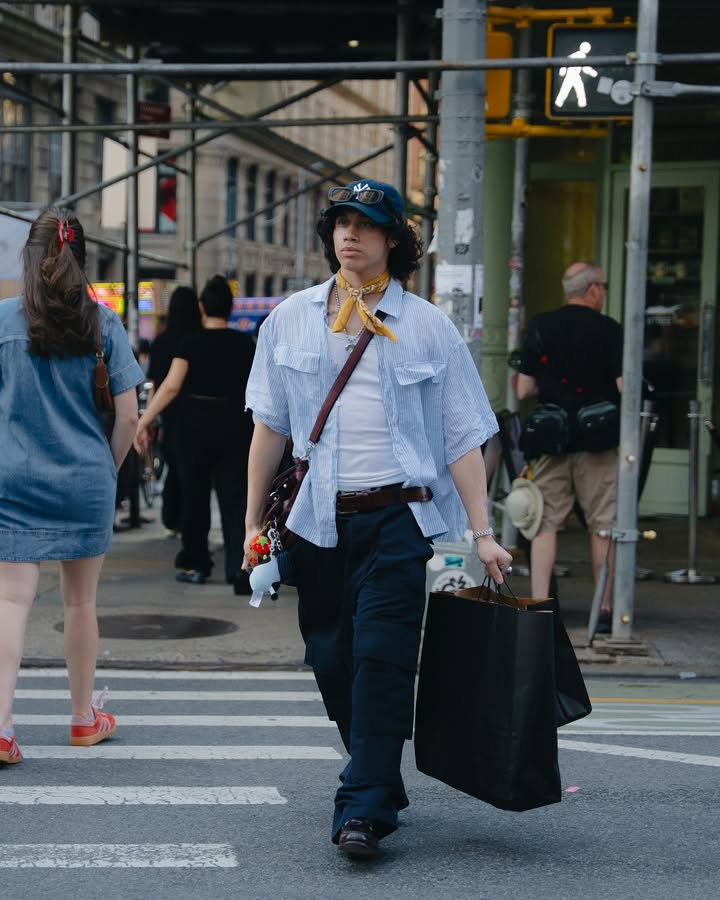
From “What to Wear?” to “How to Feel Good?”: Unstressing Daily Fashion
It’s a common dilemma: you wake up with a vision for your day’s outfit, only to glance outside and realize the environment has entirely different plans. The sun that promised a breezy day might give way to a sudden, heavy downpour, or the cool morning air could quickly turn into a humid afternoon. This constant negotiation with the weather often leads to outfit stress, and frankly, our bodies shouldn’t have to suffer for it.
The truth is, many of us spend too much mental energy thinking “what to put on” rather than “how to feel comfortable and confident in what I’m wearing, regardless of the weather.” This is where the philosophy of effortless dressing comes in – a strategy designed to eliminate stress and ensure our bodies react positively to our fashion choices.
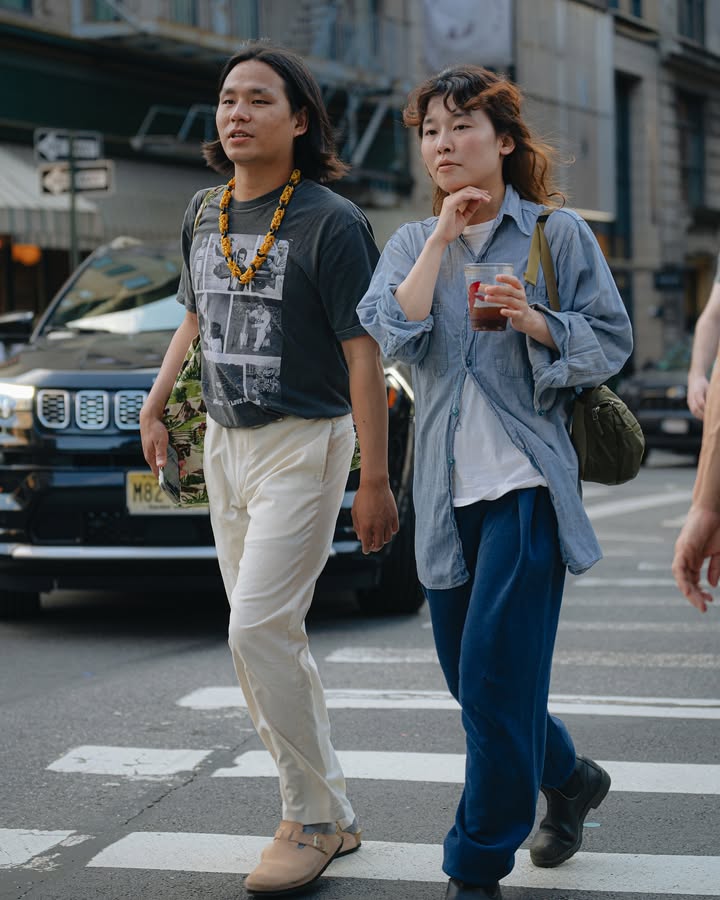
The Art of Effortless Style: Why Comfort and Simplicity Define Our Daily Fashion
My thoughts on daily fashion, particularly when it comes to the weather and developing a specific style, revolve around a core principle: many people need to truly understand how comfort dictates their personal fashion. Our outfits should never feel like a chore to put together; instead, they should be a natural extension of ourselves and our surroundings. In other words, embracing simplicity and freedom in our clothing choices speaks volumes about our relationship with our environment.
where the sun generously shines and the air carries a humid embrace for much of the year, this philosophy becomes even more critical. Here, “dressing up” isn’t about rigid layers or complex ensembles. It’s about smart choices that allow us to move freely, breathe easily, and navigate our day with grace.
Why is comfort so paramount?
- Physical Well-being: When we’re physically uncomfortable – whether from itching fabrics, restrictive fits, or heat-trapping materials – it affects our mood, our productivity, and our overall enjoyment of the day. Fashion should enhance our well-being, not detract from it.
- Mental Clarity: If putting an outfit together feels like a battle, it adds unnecessary stress to our mornings. An effortless approach frees up mental energy for more important tasks and genuine interactions.
- Authenticity: When an outfit is truly comfortable and easy, it feels like “you.” This authenticity radiates confidence and allows your personality to shine through, rather than being overshadowed by a struggle with your clothes.
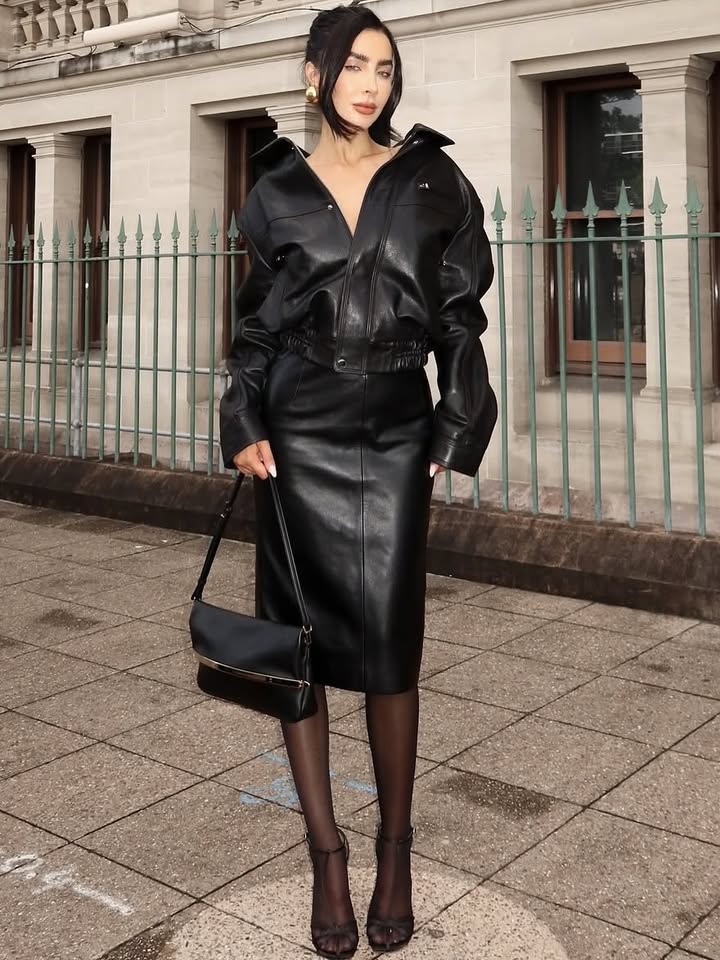
“keeping it simple and free” connect with our environment
Harmony with Climate: In hot and humid climates, simplicity often means choosing natural, breathable fabrics like cotton and linen. It means opting for loose silhouettes that allow air to circulate. This isn’t just a style preference; it’s a practical adaptation to the natural world around us. Your clothing literally becomes part of how you interact with the temperature and humidity.
Respect for Surroundings: When you dress appropriately for your environment – be it the bustling market, a quiet office, or a relaxed evening stroll – it shows an unspoken respect for the place and the people in it. It’s about being present and well-adapted.
A Reflection of Lifestyle: A simple, comfortable wardrobe often reflects a lifestyle that values ease, functionality, and perhaps even sustainability. It suggests a person who is grounded and at peace with their daily rhythms. It’s about living in your environment, not battling against it.

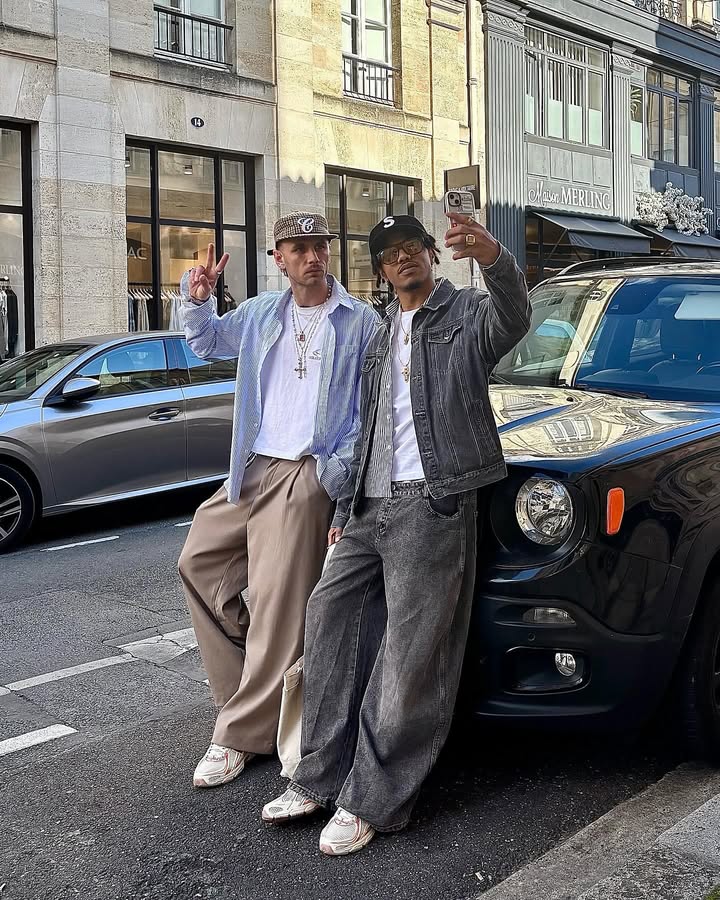
shift our mindset and practical approach:
Embrace a “Core Wardrobe” for Your Climate: Instead of a vast collection of disparate pieces, focus on building a core wardrobe that is inherently suitable for your primary environment. In Calabar, this means:
- Prioritize natural, breathable fabrics: Cotton, linen, rayon, chambray. These are your allies against humidity and heat.
- Invest in versatile silhouettes: Loose-fitting dresses, wide-leg trousers, breathable shirts, comfortable skirts, and stylish but airy tops. These pieces work across different casual and semi-casual scenarios.
- Light and neutral colors: They reflect heat and are easy to mix and match, simplifying decision-making.
Listen to Your Body and Adapt: This is the most crucial part. If an outfit feels too tight, too hot, or simply “wrong,” don’t force it.
- Pre-empt discomfort: If you know certain fabrics or styles make you uncomfortable in specific weather, avoid them for daily wear.
- Don’t overthink: The goal is ease. If you’re spending more than a few minutes agonizing over an outfit for an everyday scenario, you’re overstressing. Trust your core comfortable pieces.
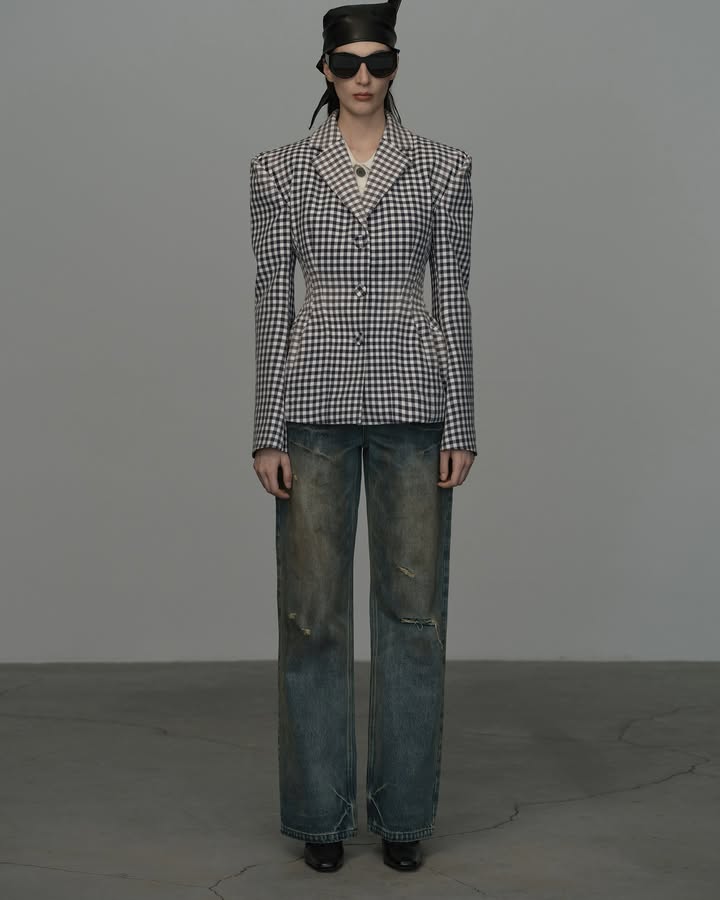
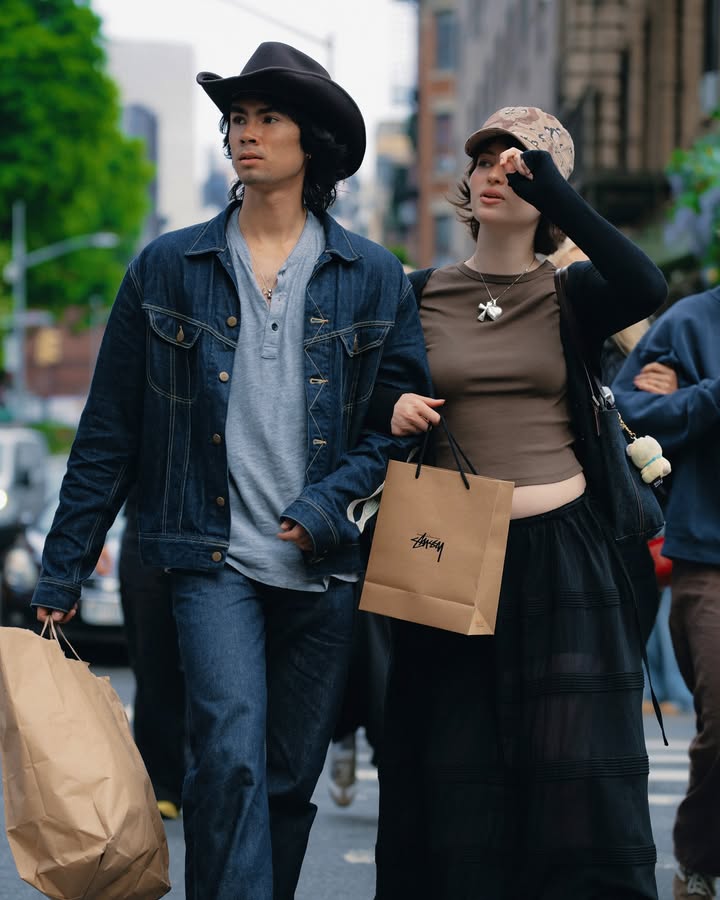
Our relationship with our environment is deeply personal, and our fashion choices are a tangible expression of that relationship. By consciously choosing comfort, simplicity, and adaptability, we not only minimize daily stress but also cultivate a style that is truly aligned with who we are and the world we live in. Let’s make our bodies react with ease and joy, not discomfort and frustration, to the clothes we wear.
love to here everyone opinions
pictures from Instagram
i do appreciate your contribution every that read these.
